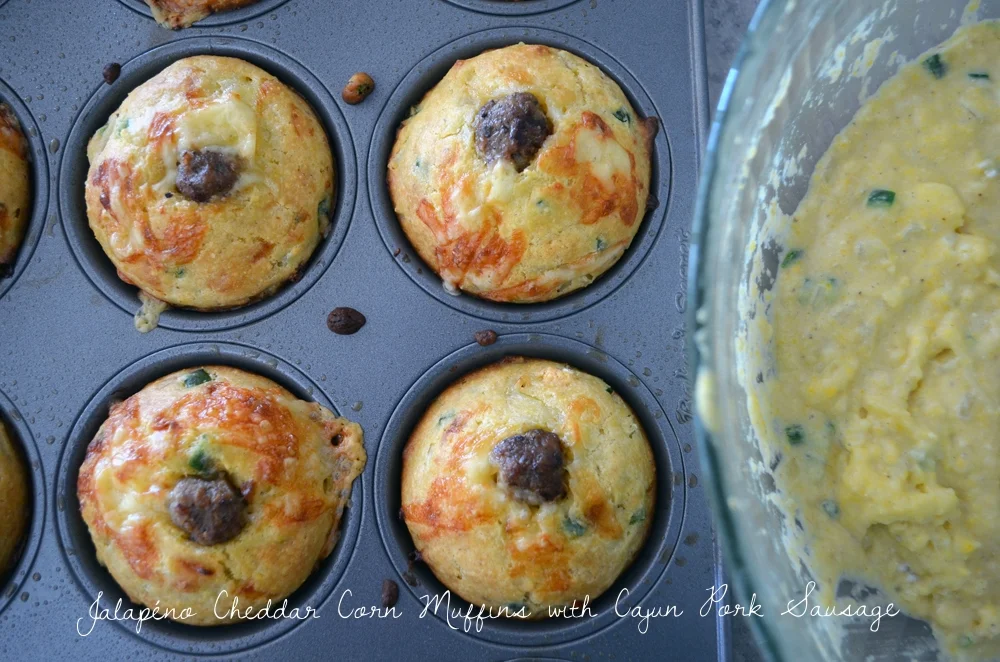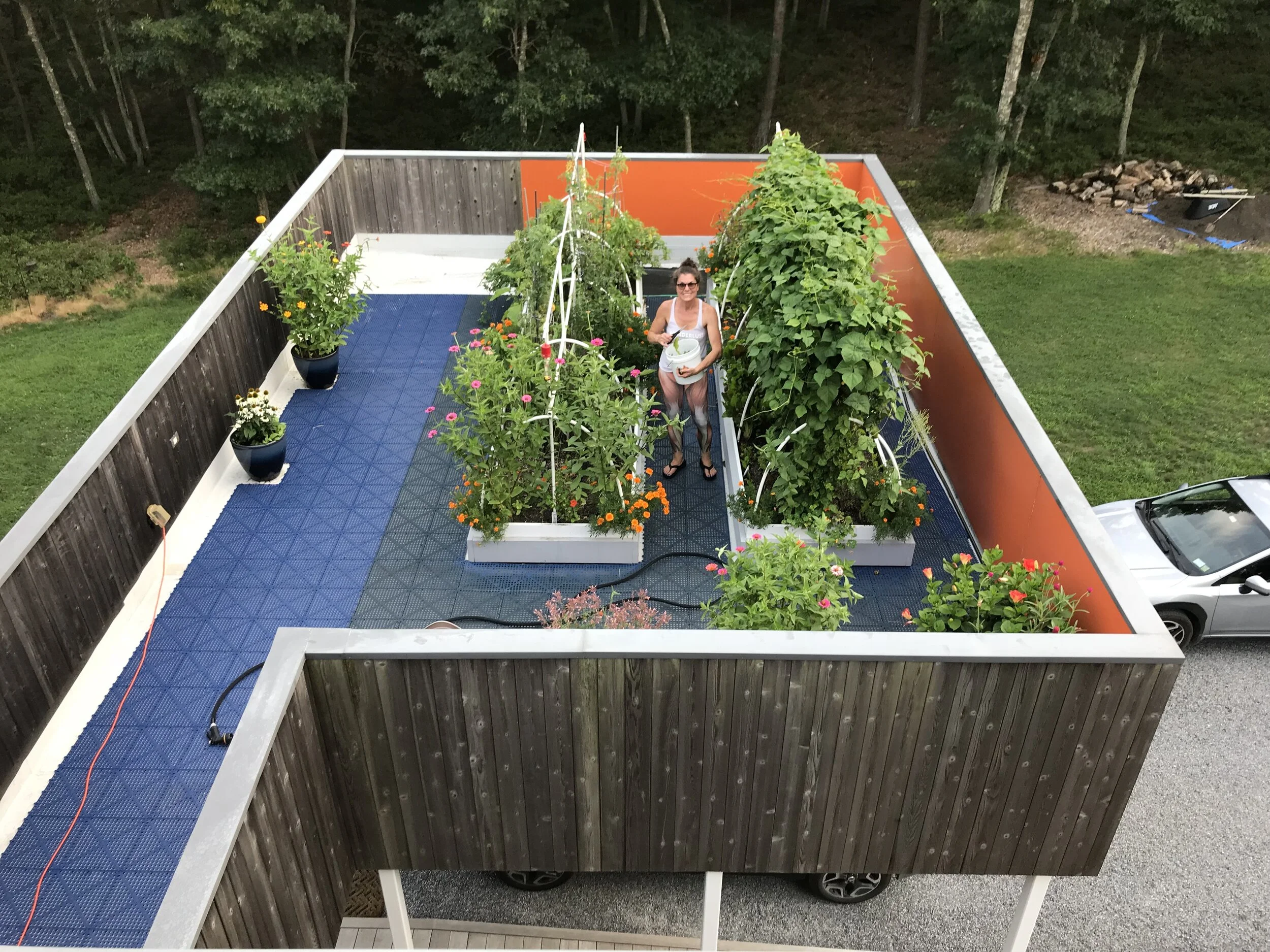My Grandfather's Ricotta Cheesecake
/I have never felt comfortable sharing my grandfather's ricotta cheesecake recipe as it has been a work in progress. My recollection of his recipe is slightly different than my mother’s and unfortunately it did not make it to my grandmother’s recipe box. We will have lengthy conversations about what type of pan or pot he may have used and the exact technique when whipping the egg whites and folding them into the ricotta mixture; my mother remembers the egg yolks being whipped separately—I don’t. What we do agree on is how long it took my grandfather to fold the egg whites into the ricotta mixture; it was like watching a symphony with four movements: fold to the right, fold to the left, fold up and then fold down and continue until the mixture crescendos into a light consistency. And, if you open the oven, before 1 hour, while it is slowly cooking at 325°, my grandfather would scream. Back in those days his industrial oven did not have a convenient window to peek through, he innately knew at one hour to check the cheesecake. My grandfather would pick up homemade whole milk ricotta from the cheesemongers of the Arthur Avenue Retail Market; I remember how thick and creamy the consistency was. If you want to try your hand at making spring whole milk ricotta you can read my column, What’s in Season, for Edible East End. I used raw spring milk from Chris Wines’s Jersey cows of Ty Llwyd Farm in Riverhead, truly a wholesome treat.
This recipe for ricotta cheesecake is a work in progress and is worth the effort as it is truly delicious. In the meantime, I practice and pray that my grandfather comes to me in my dreams and explains in detail the exact way to make it.
Ricotta Cheesecake Recipe
ingredients
- 3 pounds of whole milk ricotta
- 9 large eggs, separated
- 1 ½ cups sugar
- 1 1/2 teaspoons vanilla extract
- 1/4 teaspoon of salt
- Zest of 1 orange
- Zest of 1 lemon
- 1/3 cup of flour
- 1 tablespoon of butter
- Pinch of sea salt
directions
- Preheat oven to 325°; set rack in middle of oven.
- Butter and flour a 9 x 3-inch springform pan and tap out excess flour. Place on a baking sheet.
- Separate the eggs; yolks in one bowl and whites in another.
- In a large bowl, combine the ricotta and zest; whisk until smooth. Add the sugar, egg yolks, pinch of sea salt and vanilla; gently mix until combined.
- Put egg whites in a stand mixer and beat on high until stiff peaks form. Gently fold the egg whites into the ricotta mixture.
- Pour batter into the prepared pan and bake for about 2 hours. Check the cheesecake at 1 hour—it should be a light golden color. Make sure the edges of the cheesecake do not burn; if edges are getting to dark, cover with tinfoil. The center should be fairly firm and jiggle ever so slightly in the middle.
- Cool cheesecake completely on a wire rack; room temperature. Cover with plastic wrap and refrigerate until chilled and set, about 3 hours.




























